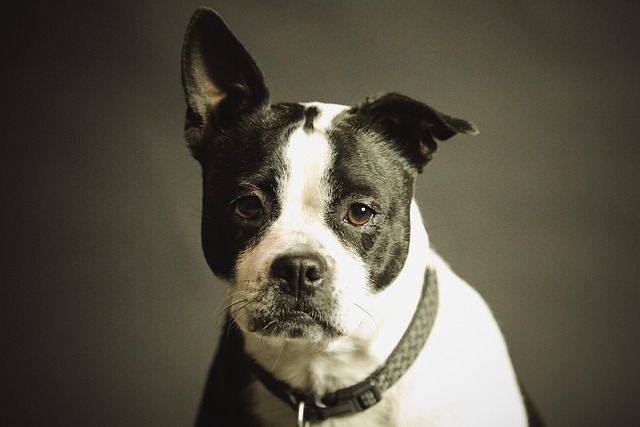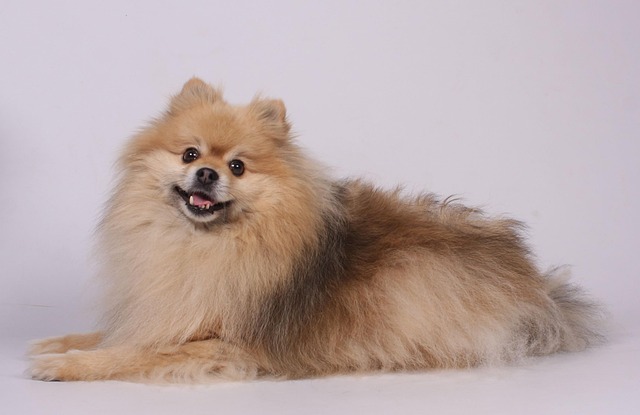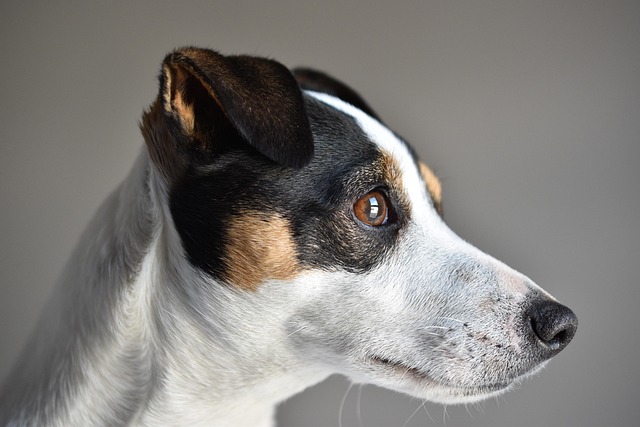
How to stop a Chihuahua from biting?
Chihuahuas often bite not out of aggression, but because their small size makes them feel vulnerable—like when a kid reaches for their collar too fast or a stranger bends down suddenly.
So, you've got a new fluffy bundle of energy at home, and you're probably wondering how soon you'll have a perfectly well-mannered pup that responds to 'sit' and 'come' every single time. Let's be real—asking how long it takes to train a puppy is like asking how long it takes to learn a new language; it's less about a fixed timeline and more about consistent, quality practice. While some bright sparks might nail 'sit' in a single afternoon, mastering a reliable recall in the face of squirrels could take months. The key isn't clock-watching but understanding that puppy training is a marathon of short, positive sprints, not a race to perfection.
This process is rooted in canine cognitive science. A puppy's brain is like a sponge, but it also has the attention span of a goldfish. They learn through immediate association, which is why positive reinforcement training is the gold standard. This means the moment your pup performs the desired action—like their bottom hitting the floor for 'sit'—you mark it with a cheerful "yes!" or a clicker and follow up instantly with a high-value treat. This method works because it releases feel-good neurotransmitters, making your puppy want to learn with you. Crucially, this approach aligns with strong cultural values across the U.S. and Europe that strictly discourage any form of physical punishment or intimidation, which is proven to damage trust and increase aggression.

Your daily practice sessions are where the magic happens. Keep them short—about 5 minutes, multiple times a day. Start in a distraction-free zone like your living room. For 'sit,' hold a treat near their nose and slowly move your hand up and back; as their head follows, their bottom will naturally lower. Say "sit" as it happens, then instantly reward. Once that's mastered, you can practice in different rooms, then move to your backyard, gradually increasing difficulty. This concept of 'proofing' a command in various environments is the secret sauce for reliability. Always end on a success, even if it's a simple one, to keep your pup eager for the next session.
This entire journey is seamlessly tied to being a responsible neighbor and citizen. Before you even think about practicing 'sit' at your local park or pet store, you must be certain your puppy has completed their vaccination schedule. This is a non-negotiable part of responsible dog ownership; it's often legally mandated and is essential for protecting your pup and others from dangerous diseases. And while you're out there, your puppy obedience timeline must include impeccable public etiquette. This means always having a roll of poop bags clipped to the leash. Scooping your dog's waste isn't just polite; in most American cities and towns, it's the law, and you can face a hefty fine for forgetting. If you live in an apartment, this is doubly important, as is being mindful of noise—a puppy crying or barking excessively can quickly lead to neighbor complaints. Training isn't just about commands; it's about integrating a well-behaved member into your community.

Chihuahuas often bite not out of aggression, but because their small size makes them feel vulnerable—like when a kid reaches for their collar too fast or a stranger bends down suddenly.

House training an adult dog differs from teaching a puppy, but it’s absolutely doable with consistency. Many adult dogs may have picked up old habits from past homes or lack prior training, so patience becomes your best tool here.

Dealing with a stubborn dog during house training can feel like a never - ending battle, but it’s far from impossible with the right approach.

The moment your dog's teeth make contact with skin, the world shifts. Whether it was a warning nip or a serious bite, the fear and confusion are real.

Territorial aggression in dogs often shows up as growling when someone approaches the front door or snapping near their food bowl—common triggers that can escalate if not addressed.

That moment on your neighborhood walk when your dog lunges, barks, and strains at the leash at the sight of another canine is both embarrassing and deeply worrying.